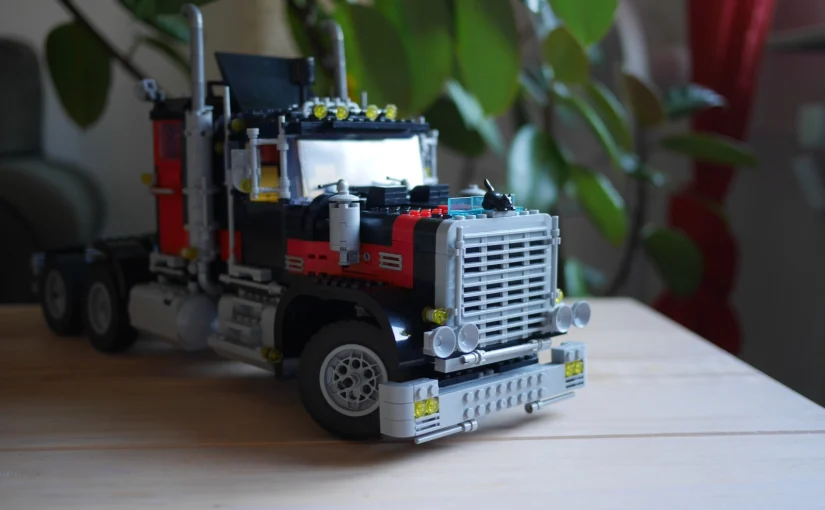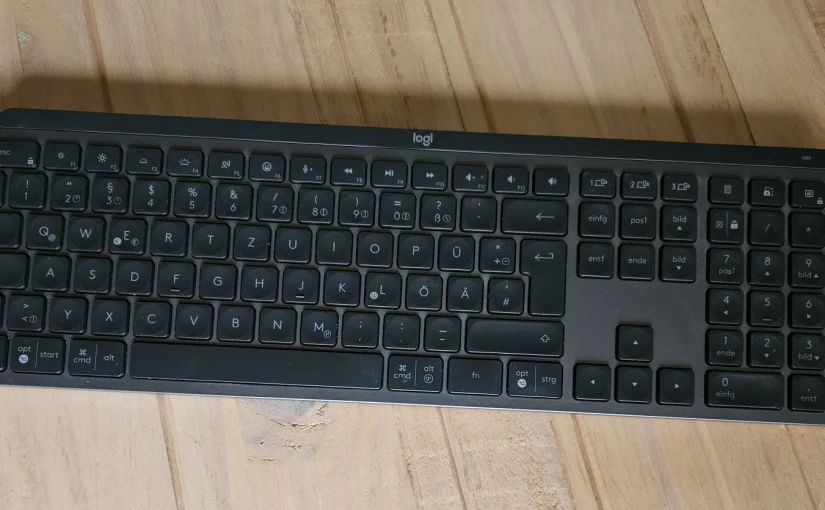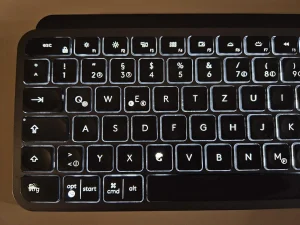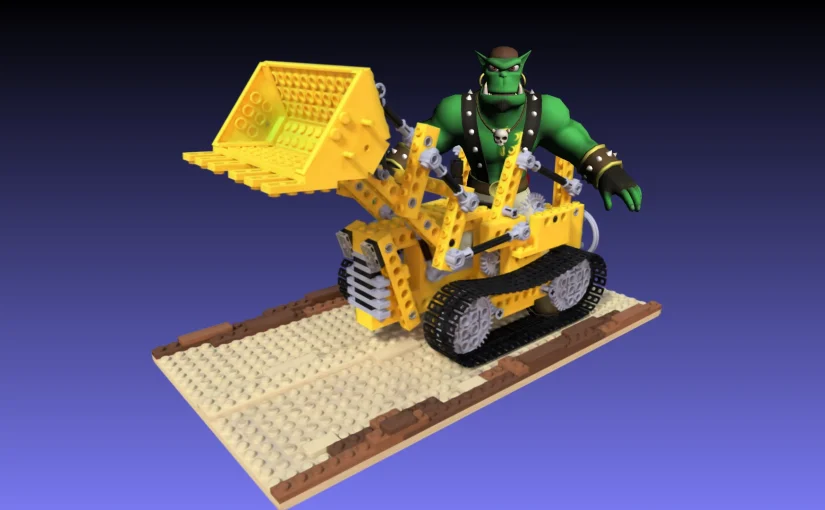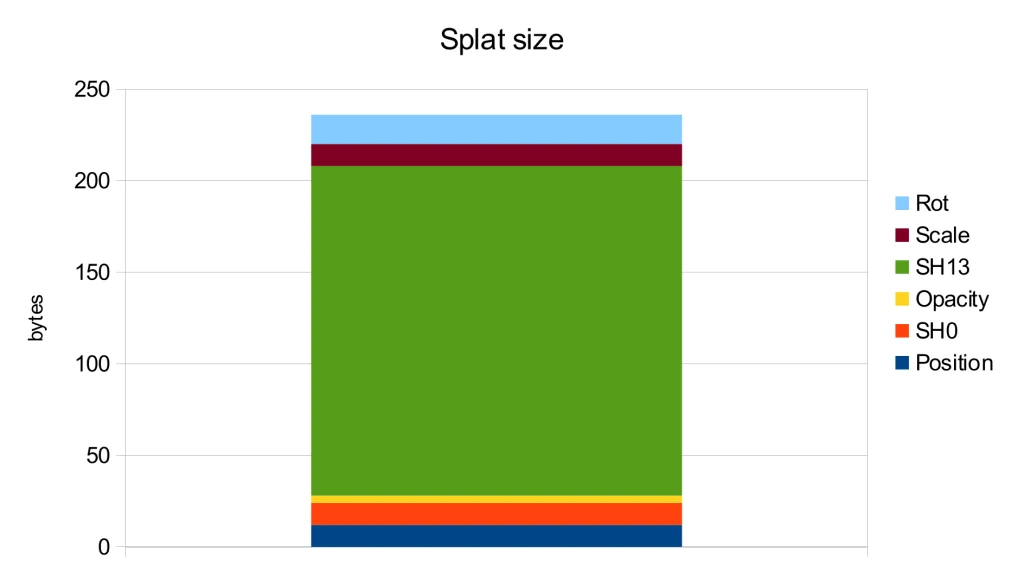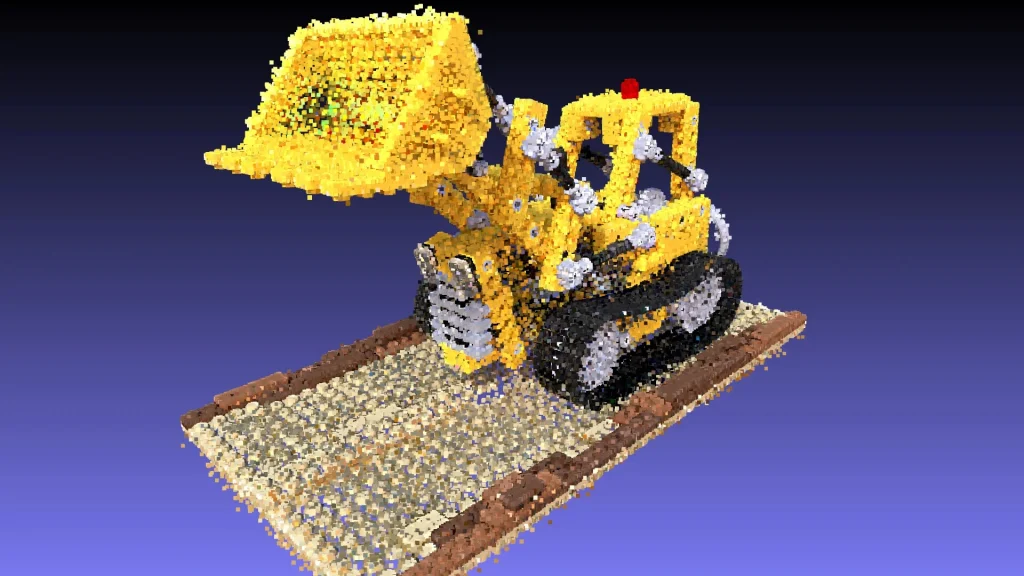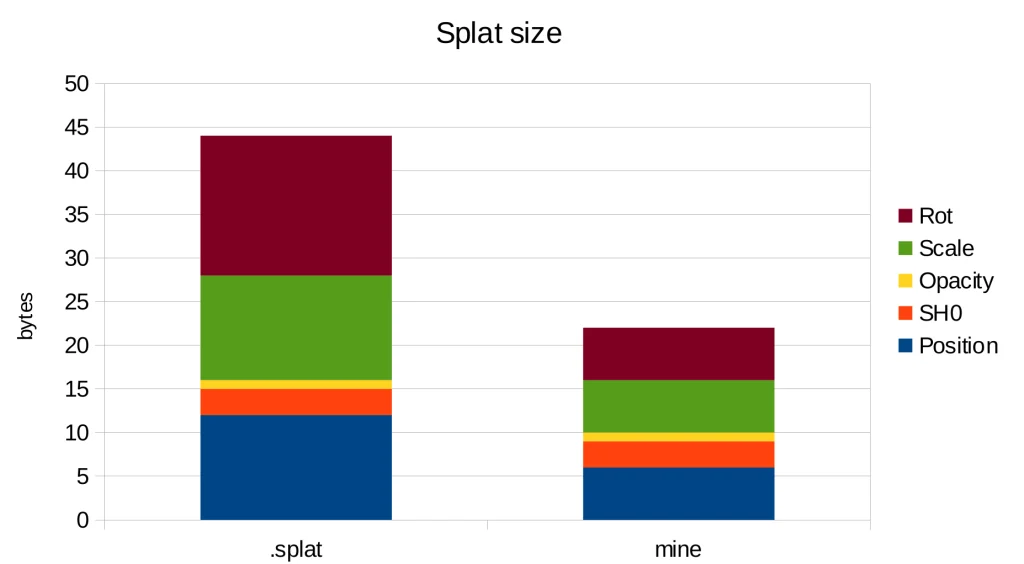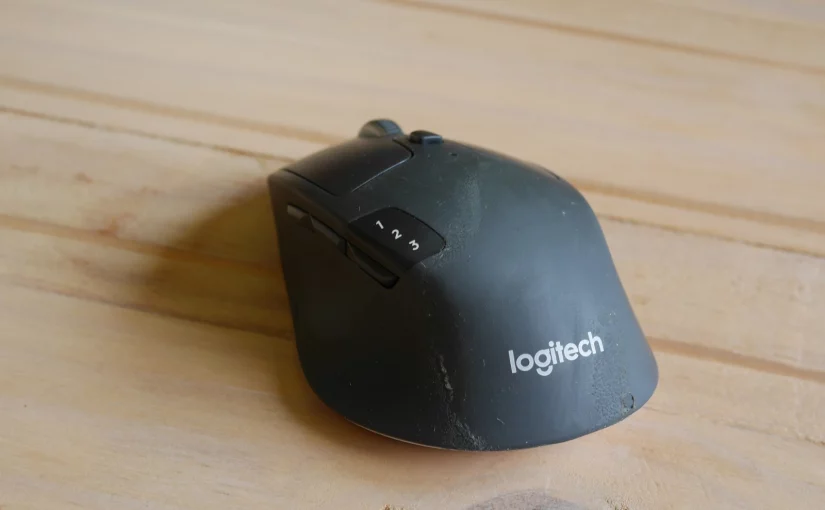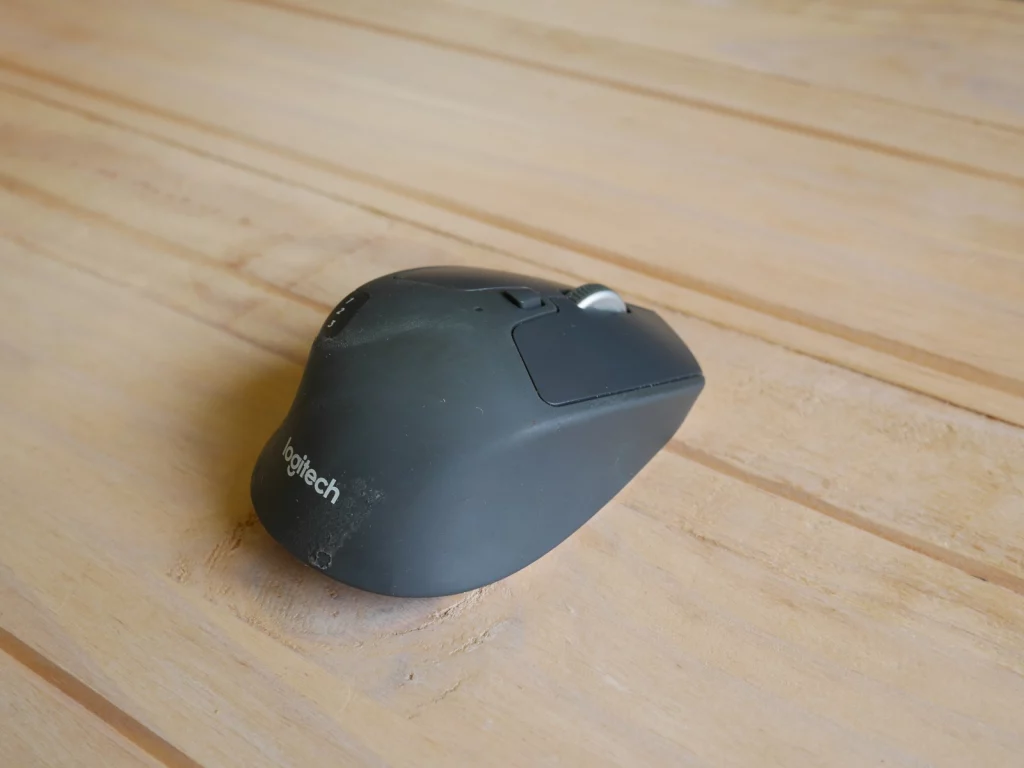If, like me, you wanted this truck as a kid but missed out before production ended in 1998, you still have a chance today.
While manuals and part lists are publicly available on sites like worldbricks.com, getting the actual physical parts is a different story.
If you were to BrickLink the parts individually, you could easily end up spending around 350€ plus shipping. Used sets on eBay often start at 400€, which – at least for me – is way too much just to relive some childhood memories.
The Hunt for a Clone
If you were lucky, you might have snagged the 2018 re-release by Lepin (set 21015), which marked the original’s 20th anniversary. Lepin likely chose that date because patents typically expire after two years. Nevertheless, that didn’t save them from being sued into oblivion, and today, even that third-party set is a rarity.
Fortunately, there is a viable alternative on AliExpress. Several shops offer the set for around 80€. However, for legal reasons, they can’t call it “Lego 5571” or “Lepin 21015.” Instead, you have to search for “MOC 5571” or simply “Lego Peterbilt”. A good sign you’ve found the right seller is if they also stock the matching semi-trailer (MOC 175647) and use real photos rather than fancy 3D renderings.
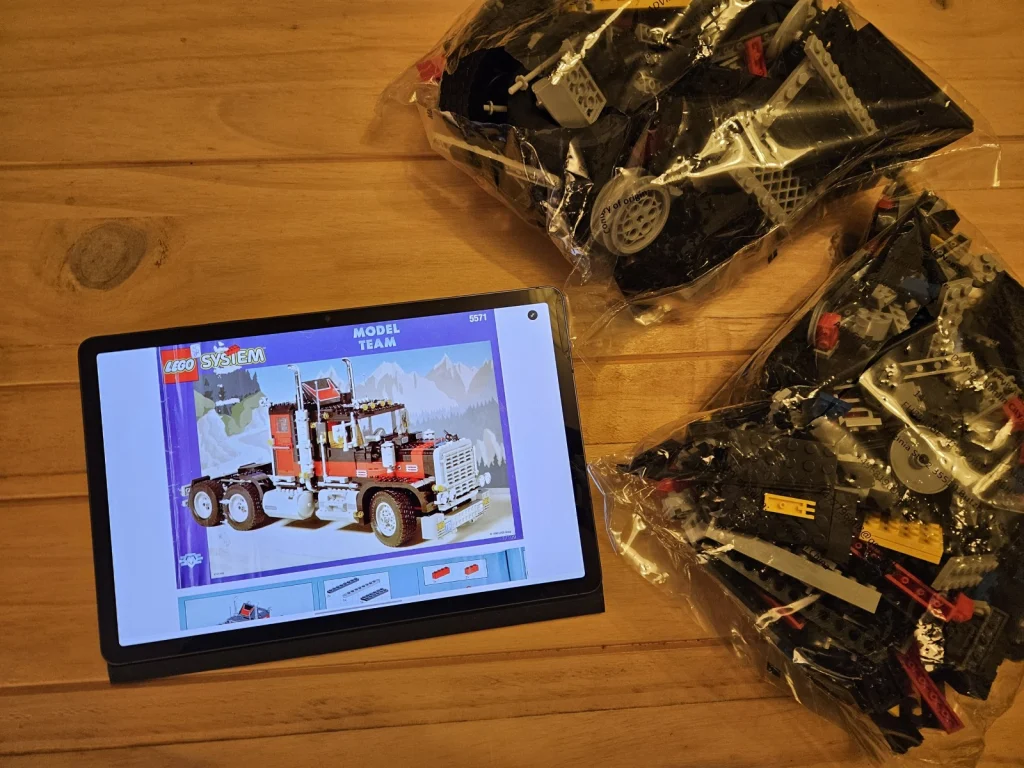
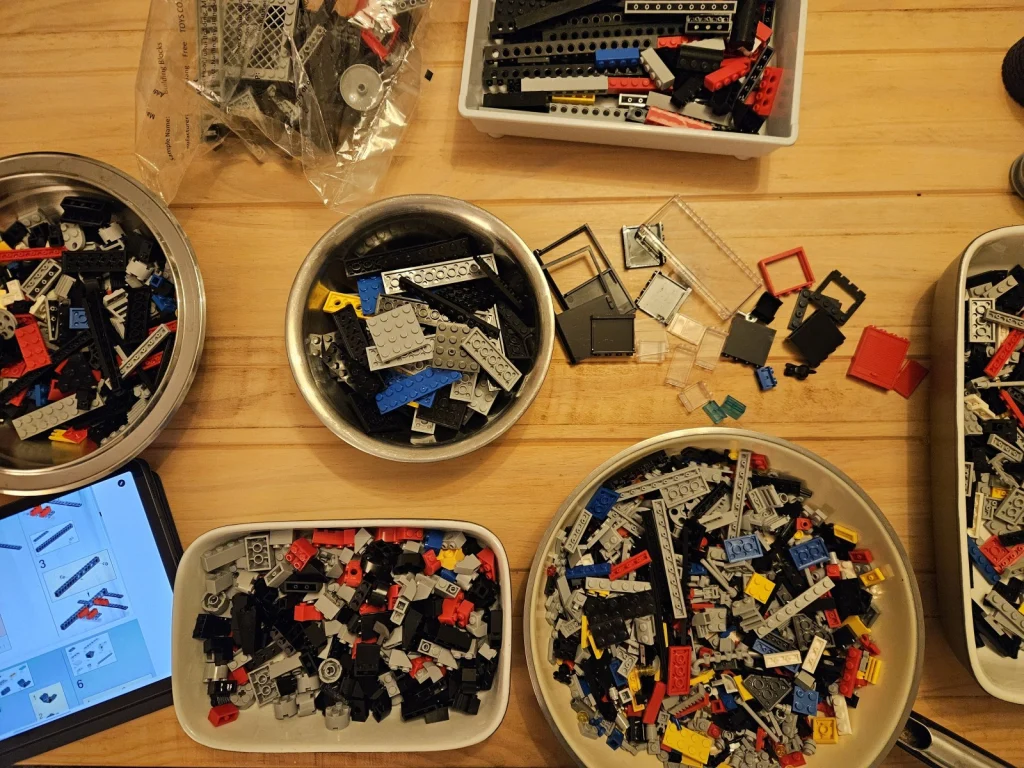
It seems these shops order parts on-demand from the factory; it took two weeks for my order to ship. Then, three weeks after clicking “buy,” a heavy 1.5kg package arrived.
Building
If you are used to modern Lego or high-end third-party sets, this will be quite an experience. First, the parts are not pre-packaged into numbered stages. Instead, everything comes in two massive bags, and you need to organize them yourself. I hope you have plenty of Tupperware or sorting trays ready!
Then, there is the 1990s-style manual. Instead of highlighting every individual piece placement, it simply tells you to grab 20 parts and shows you where the three most obscure ones go. You have to figure out the rest on your own. I actually found this refreshing; it forces you to think, “Where would I put this?” rather than hand-holding you through the process. Naturally, it takes longer to build – but isn’t that the point?
Interestingly, while modern Lego gets criticized for using random colors on the interior of builds, I was surprised to see this 1990s set did the same. However, because the manual is so minimalistic, those colored bricks are actually essential for orientation and alignment.
The Verdict
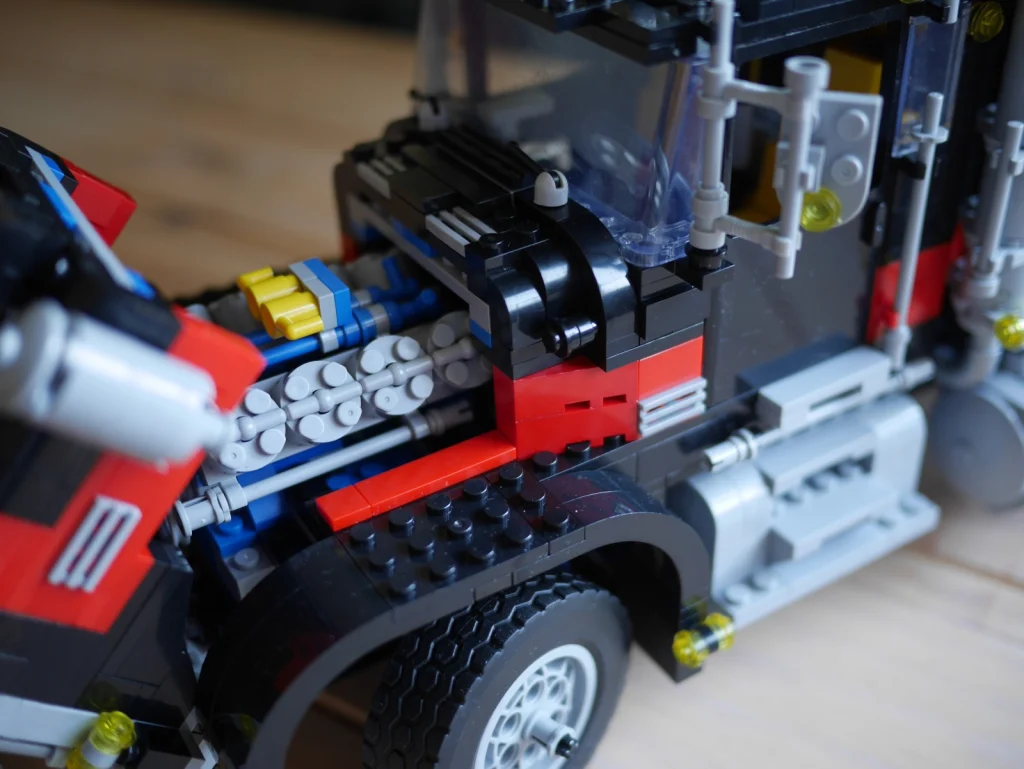
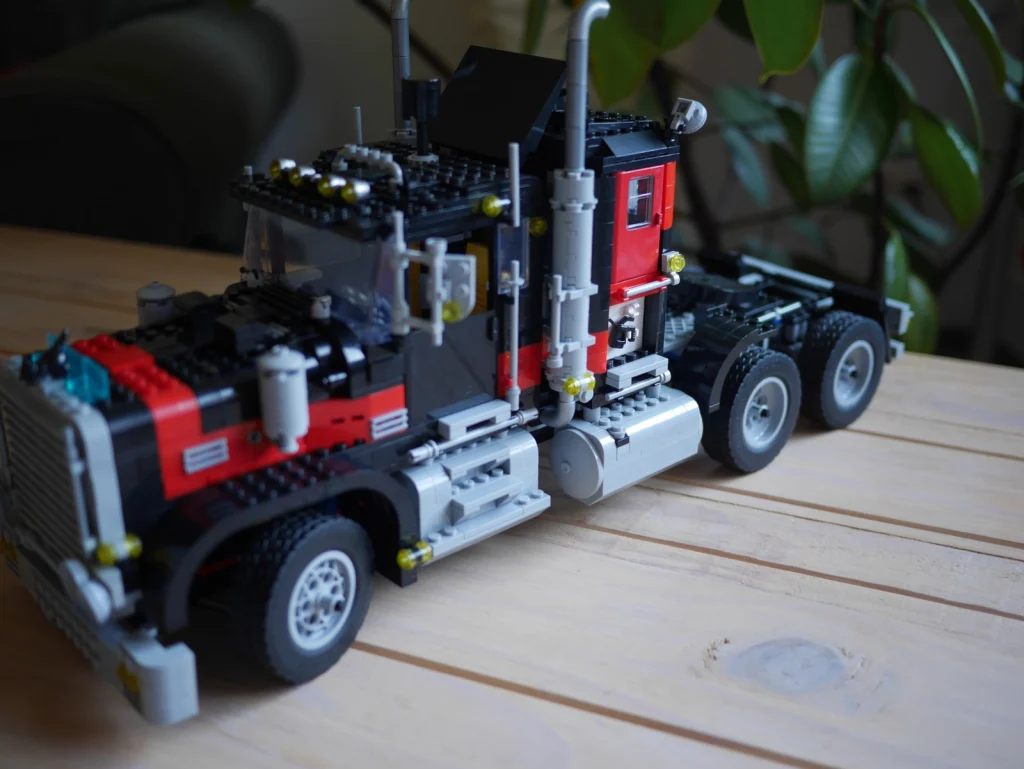
Given the low price and the nature of the order, I wasn’t expecting a perfect match to the original. Indeed, there were compromises:
- No stickers: The set is completely bare of decals.
- Missing Chrome: Most of the iconic chrome parts were replaced with simple light bluish-gray or silver-gray pieces.
- Tires: These aren’t the originals, but rather the narrower ones introduced with the Arocs set.
- Missing Parts: Unfortunately, three pieces were straight-up missing from my order. I am currently messaging the dealer to see if they can send replacements.
As for brick quality, it doesn’t quite reach the level of MouldKing. I would place it around CaDa level, though some of the articulated pieces (hinges) were pretty poor quality.
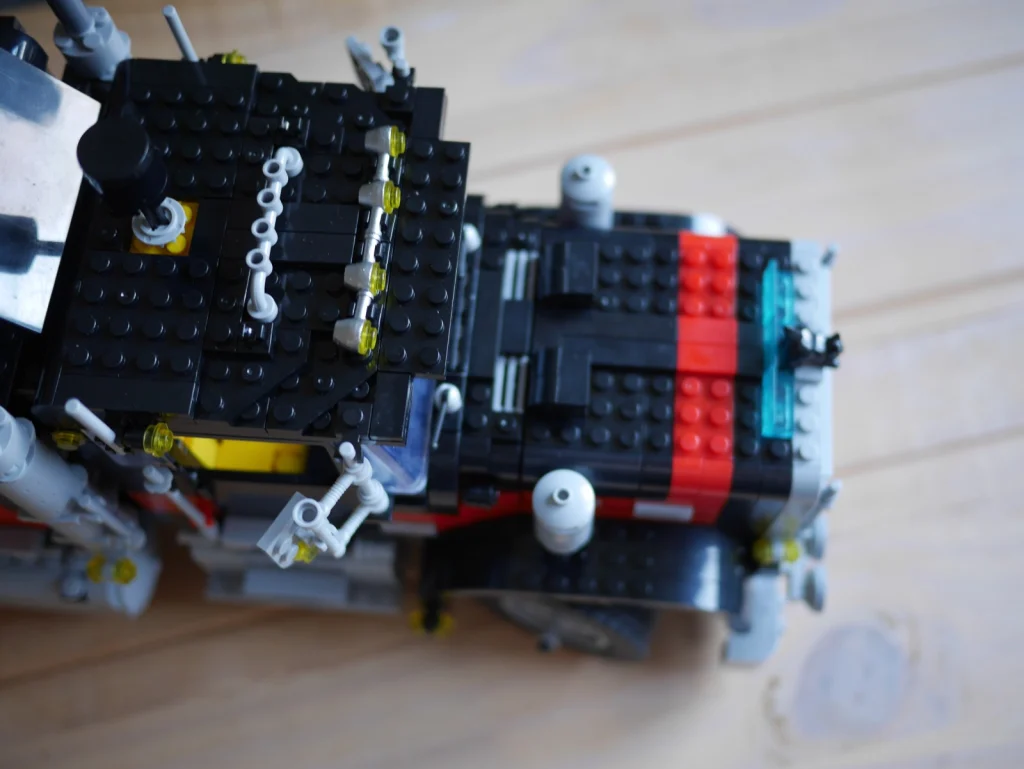
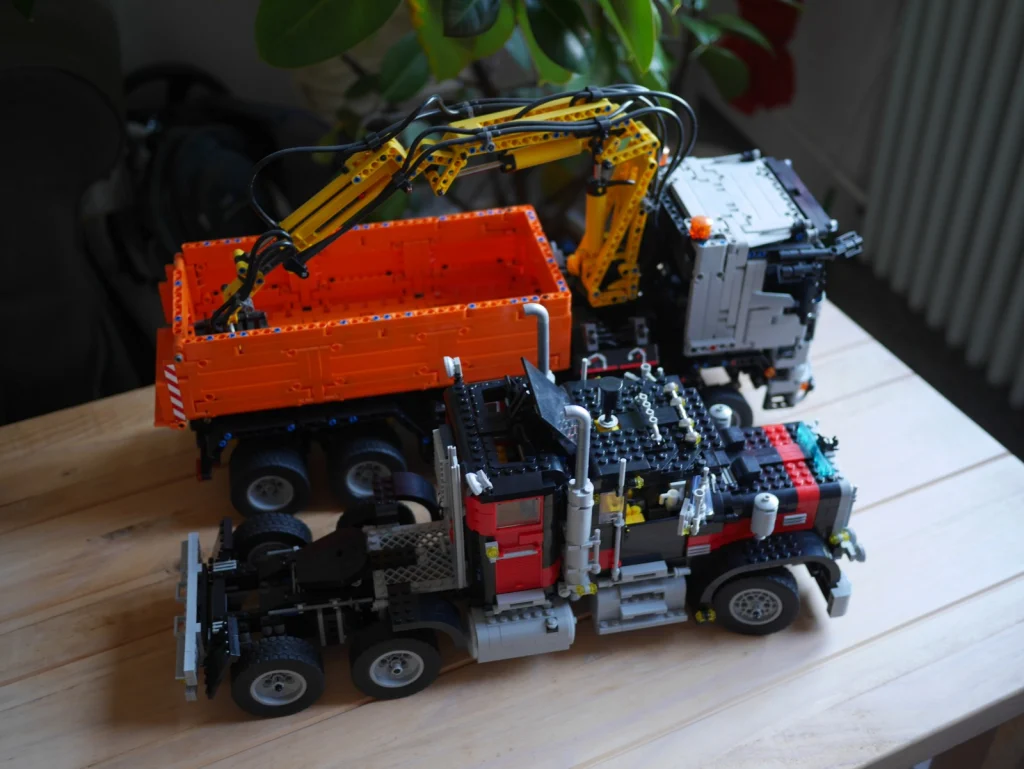
Ultimately, you get what you pay for. If the lack of chrome or the wrong tires annoy you, the money you saved on the initial purchase leaves you plenty of budget to go buy the correct original parts separately.
And if you dont like it at all, you can still sell it on ebay as an original with some missing pieces..
